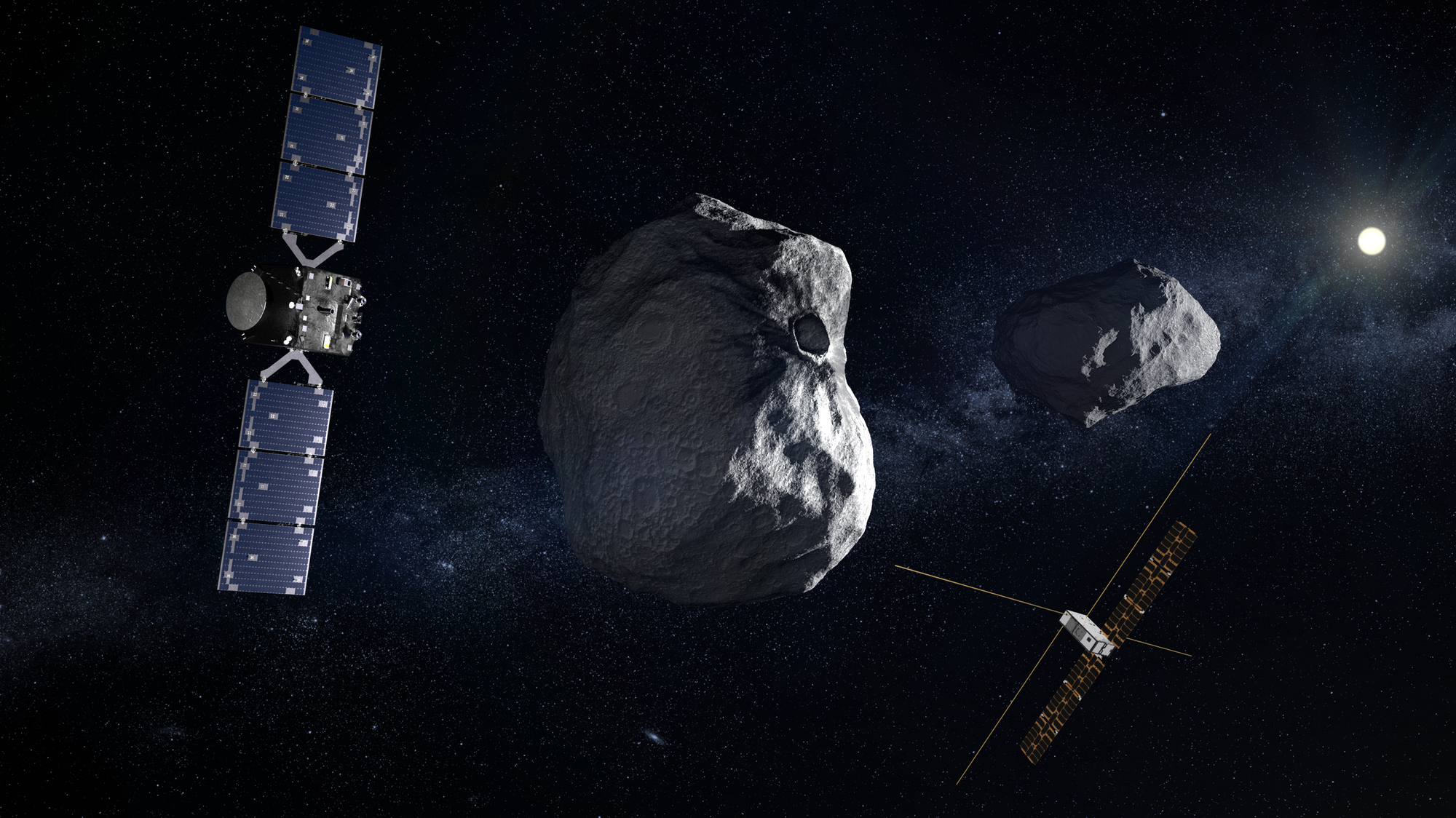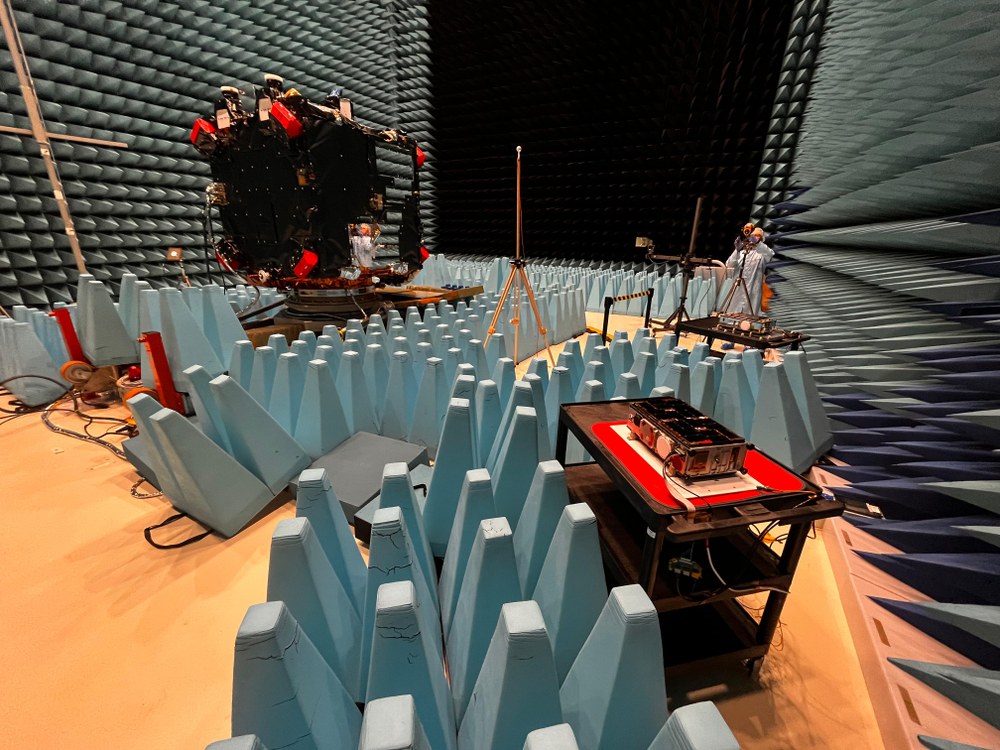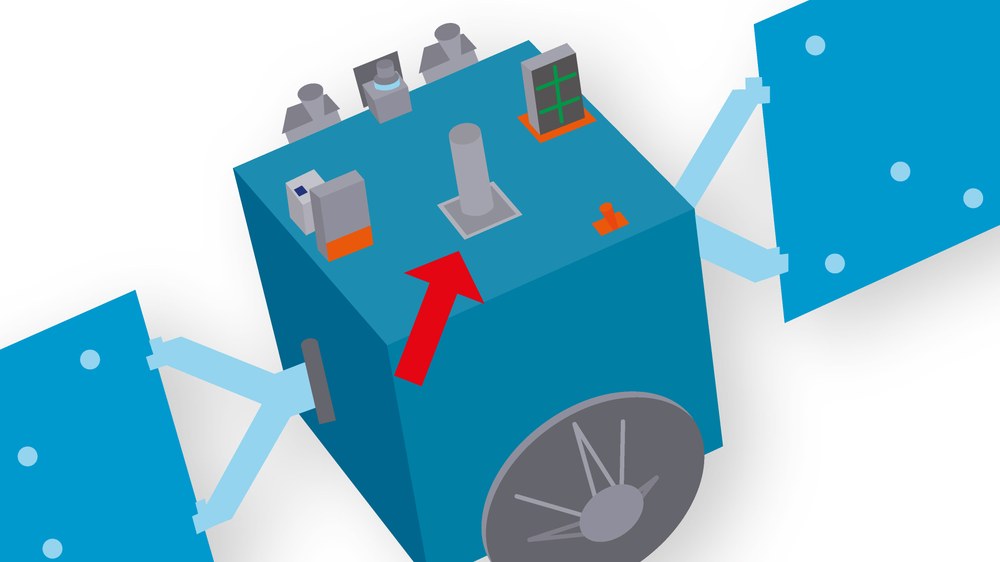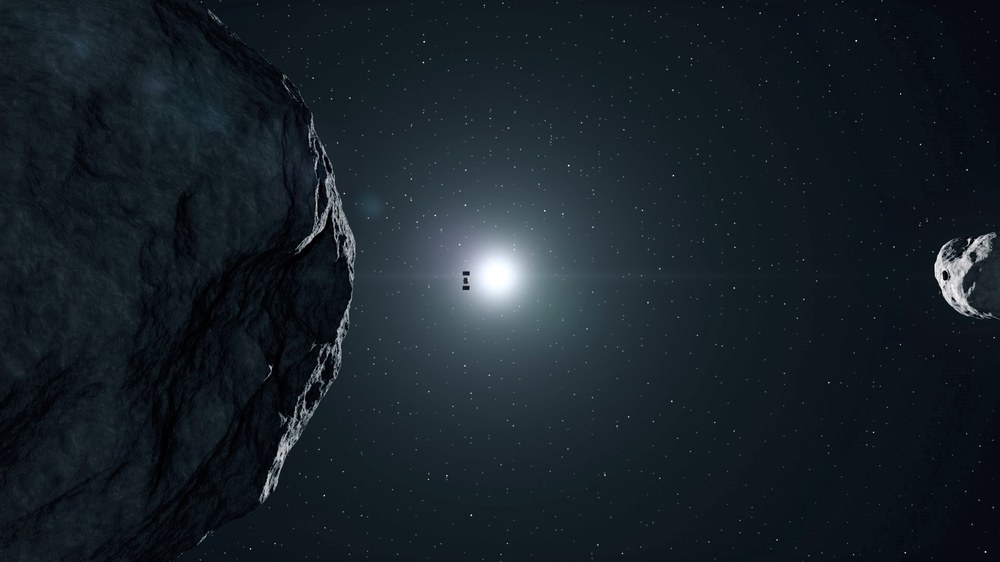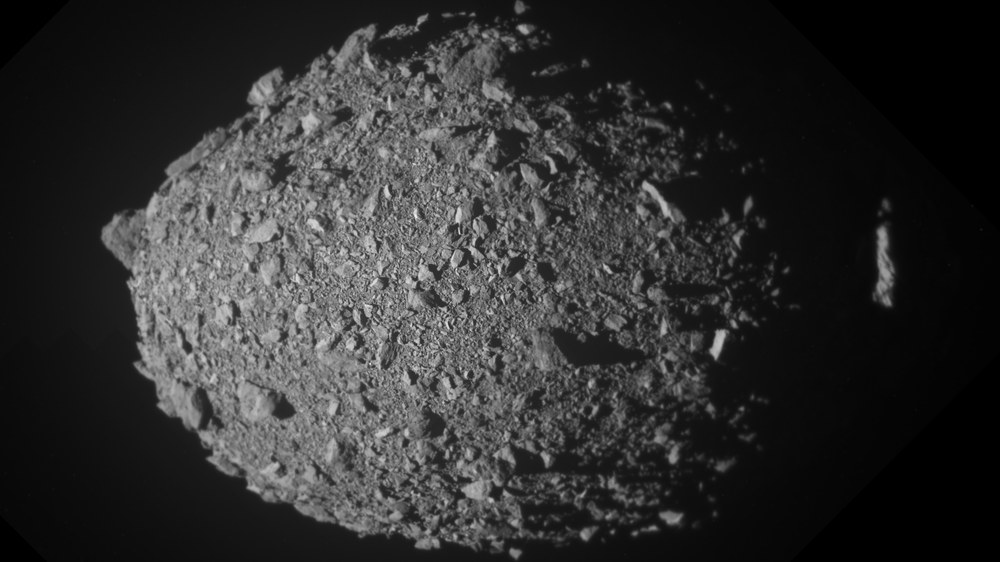Out of the way!
A massive crash, silent in the cosmic Vacuum of our Solar System: nearly three years ago, in September 2022, NASA’s DART spacecraft slammed into the roughly 150-metre-wide asteroid Dimorphos at a speed of approximately 22,000 kilometres per hour – exactly as planned. Scientists refer to this dryly as a ‘targeted kinetic impact’. Next year, the European Space Agency’s Hera mission will investigate what that impact has actually achieved.
DART – the Double Asteroid Redirection Test – was designed to see whether a collision could alter the path of Dimorphos, which orbits the Didymos asteroid five times its size. The results were astonishing: measured from Earth, the impact shortened Dimorphos’ orbit by more than half an hour – far more than the ten minutes most experts had predicted. Mission accomplished? Certainly, but that 30-minute deflection measured does not alone provide us with enough knowledge should our Survival on Earth ever depend on changing the path of a sizeable asteroid.
That’s why scientists are now taking a much Closer look at what this collision – between a modern high-tech tin can from Earth and a 4.5-billion-year-old primordial rock from the asteroid belt, 11 Million kilometres away – actually did. To this end, the European Hera spacecraft was launched on 7 October 2024. It will reach Didymos and Dimorphos in late 2026 to observe and measure the changes caused by DART. The goal is nothing less than improving the safety of our planet. The key phrase here: planetary defence – the effort to protect Earth from one of the bigger threats from space.
What happens if an asteroid hits Earth?
It wouldn’t necessarily be the end of the world, but the impact of an asteroid several hundred metres in diameter could still be one of the greatest natural disasters in human history – perhaps even the greatest. The good news is that astronomers have not currently found any bodies in the Solar System measuring more than 100 metres in diameter on a collision course with Earth within this century. Given that there are over 36,000 near-Earth-objects (NEOs) this size or larger, this provides some reassurance. In almost all cases, the highly elliptical orbits of these solar-orbiting objects have been very precisely determined, so experts don’t get nervous when even a huge asteroid is forecast to whizz past Earth closer than the geostationary satellites orbiting at a distance of just 36,000 kilometres. One such example is the 340-metre-wide Apophis, which will pass by in 2029. Another is 2024-YR4, discovered in late 2024 and estimated to be between 50 and 90 metres wide: for some weeks it was thought that it could potentially collide with Earth, but there is currently a less than one percent chance of this happening. It’s more likely now that it would hit the Moon.
A matter of time
But with more than 36,000 NEOs out there, it’s only a matter of time before one of them strikes. Earth is relatively large – and eventually, another collision with one of these rocky, often carbon-rich and sometimes metallic mini-Worlds is bound to happen. The real danger lies in their speed – and Earth’s – creating immense destructive potential, especially in head-on collisions. After all, even though we can’t perceive it, Earth is orbiting the Sun at 30 kilometres per second. If an asteroid meets it head-on at the same speed, their combined velocity reaches up to 60 kilometres per second - roughly 220,000 kilometres per hour; or Leipzig to Dresden in two seconds. Such an asteroid, penetrating the atmosphere and crashing into Earth’s surface, would have catastrophic consequences.
Small bodies under ten metres in diameter tend to disintegrate in the increasingly compressed air of their entry channel, causing a violent Explosion in the stratosphere. In 1908, an intruder less than 100 metres wide destroyed an uninhabited forest area near the Podkamennaya Tunguska River in Siberia, after exploding at an altitude of 20 kilometres. Millions of trees were flattened, snapped like matchsticks, over an area the size of Luxembourg. Had the asteroid arrived just an hour later on the same trajectory, Earth’s rotation would have brought a catastrophe of immeasurable proportions to St. Petersburg.
Bad news for the dinosaurs, great for us
Perhaps the best-known asteroid strike was the truly Earth-changing Chicxulub event 66 million years ago, when a space rock perhaps 15 kilometres in diameter struck near the Yucatán Peninsula. The global effects were devastating: dust and aerosols in the atmosphere blocked sunlight, causing temperatures to drop so drastically that large, cold-blooded reptiles could not survive. But their loss was our gain. That moment – at the boundary between the Cretaceous and the Tertiary periods, between the Mesozoic and Cenozoic eras – marked the dawn of the age of mammals, and eventually, us.
It is well known that the 'Homo' genus evolved into 'Homo sapiens', who, for almost 70 years now, have been venturing into space and exploring Earth's immediate cosmic neighbourhood with specially developed equipment. It is sheer coincidence that since the dawn of the space age in 1957, and even in the period since 1801 – when the first asteroid, the 1000-kilometre-wide Ceres was discovered by Giuseppe Piazzi of Palermo – no NEO has been detected that poses a threat to Earth. Of course, past good luck is not guaranteed to continue – but fortunately humanity may soon have access to space technology capable of reventing the catastrophe of a cosmic collision between Earth and a hazardous asteroid.
The Hera asteroid mission
Hera is Europe's contribution to the Asteroid Impact & Deflection Assessment (AIDA) initiative from NASA and ESA. The mission, launched on 7 October 2024, aims to study the Didymos/Dimorphos binary asteroid system. ESA awarded the contract for building the probe to Bremen-based Company OHB. At a cost of 130 million euros, Hera is a relatively low-cost deep space mission. As the largest financial contributor, Germany is contributing 37.5 percent of the costs, alongside 14 other ESA Member States. Countless technical and scientific elements of Hera also come from Germany. The German Space Agency at DLR is coordinating all of these national contributions, supported by funding from the Federal Ministry for Economic Affairs and Climate Action.
Hera to shed light in the dark
So back to the DART and Hera missions – the first to test the practical implementation of Asteroid defence ideas and concepts developed over several decades. First of all, we don’t know enough about the asteroids that could potentially cause catastrophic impacts. In addition to investigating the consequences of the DART collision, Hera will seek new insights into the characteristics of small yet potentially dangerous asteroids. This European mission will also be the first to closely examine a tandem asteroid, known as a binary system, orbiting the Sun on a path that crosses Earth's orbit.
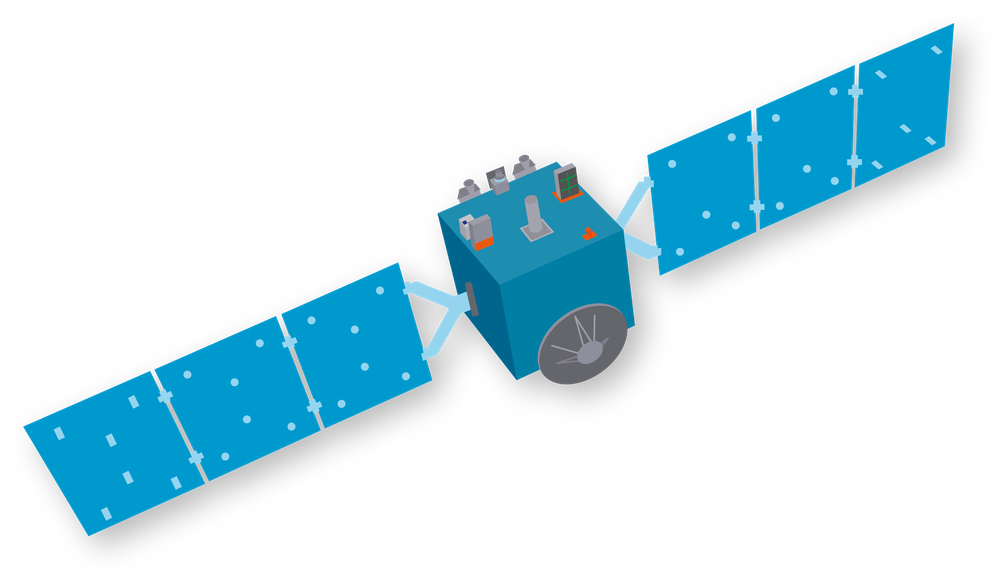
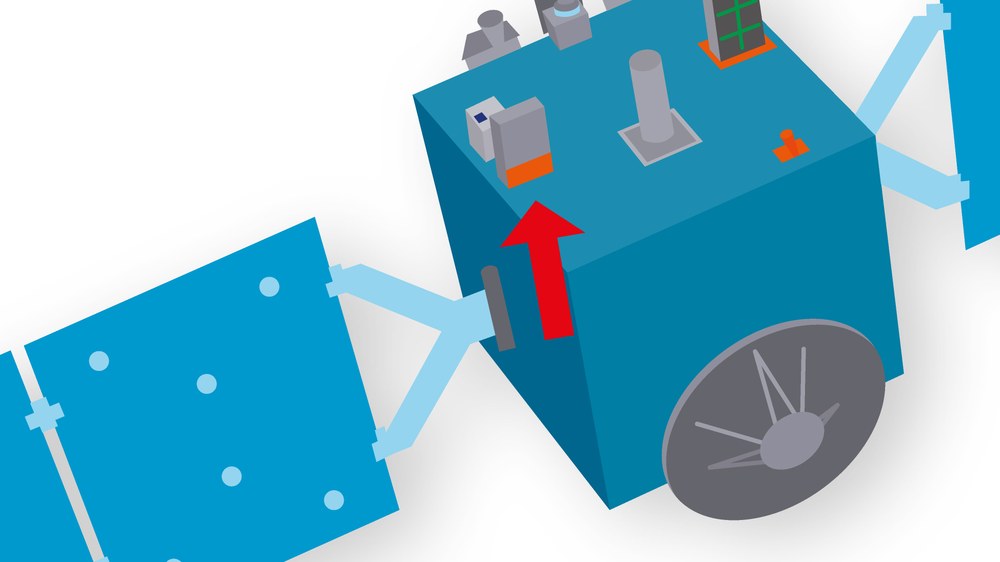
Recent asteroid missions have made an astonishing observation: small asteroids, just a few hundred metres to a few kilometres in diameter, do not appear to be rock-solid. Instead, they seem to be a conglomeration of loosely piled components, weakly bound and full of cavities – what experts call 'rubble piles'. If this were the rule rather than the exception, it would have consequences for the Explosion scenario upon entering Earth’s atmosphere: such a body could result in a surface-impact explosion scenario analogous to a shotgun burst.
The threat of binary systems
Another interesting phenomenon is that a large proportion of bodies in the main asteroid belt between Mars and Jupiter appear to be such binary systems of two (or more) small bodies orbiting each other. Model calculations suggest that up to one-fifth of asteroids less than one kilometre in diameter could exist in these configurations – a phenomenon that is only partially understood.
One explanation could be that the rotation speed of such bodies gradually increases due to exposure to sunlight and the delayed release of heat, and photons with it, during the asteroid night. If a rotational speed threshold is crossed that ensures the stability of such loosely connected bodies, a smaller fragment may split off. But what does this mean for asteroid deflection? Will we need to plan differently if two objects, rather than one, are suddenly on a collision course with Earth? In the Didymos/Dimorphos binary system, the larger body, Didymos, rotates on its own axis at almost exactly this assumed stability limit. What happens if Didymos and similar bodies begin spinning faster and cross that limit? Hera is expected to provide important insights into precisely this area.
The ESA mission is named after the Greek goddess Hera, one of Zeus’s (many) lovers, to whom various protective roles are attributed. Thanks to space technology, protecting Earth from Asteroid impacts is now truly within reach, and we might well join Gauls from the Asterix comics in appealing to the gods to ‘keep the sky from falling on our heads’ – at least until humanity has devised, tested and rolled out reliable methods for deflecting any Earth-bound asteroids that may be identified in the future. Experts estimate that a body the size of Dimorphos hits Earth roughly once every few thousand years. That seems like a lot of time, but as an ancient stargazer might have put it: tempus fugit.
An article by Ulrich Köhler from the DLRmagazine 177

